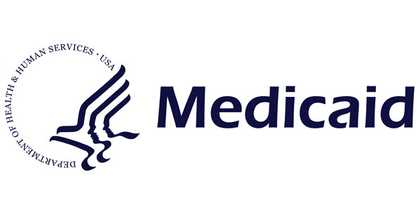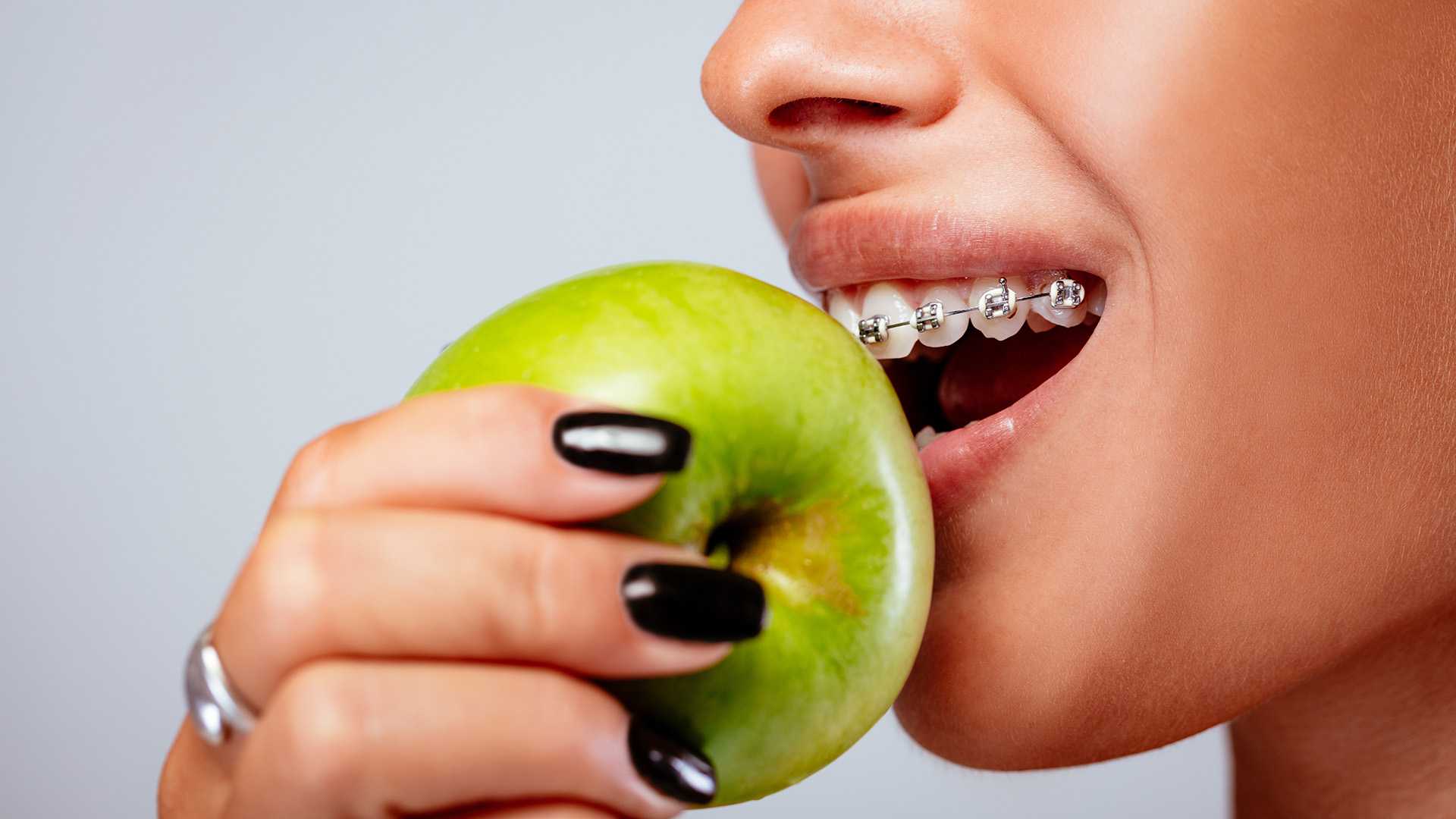Beginning orthodontic treatment is exciting, and protecting your braces from damage starts with understanding the list of foods you can’t eat with braces. Knowing what you can not eat with braces helps you avoid unnecessary repairs and keeps your progress on track.






Save $250 off braces or Invisalign!*
Schedule your appointment online.
Beginning orthodontic treatment is exciting, and protecting your braces from damage starts with understanding the list of foods you can’t eat with braces. Knowing what you can not eat with braces helps you avoid unnecessary repairs and keeps your progress on track. In this guide, you’ll learn which foods to avoid, why certain textures can harm your appliance, and practical strategies for eating comfortably. You’ll also find braces‑friendly food ideas that simplify meals throughout treatment. Explore the sections below: Foods You Should Avoid with Braces, Why Dietary Changes Are Necessary, Tips for Eating with Braces, and Foods That Are Safe to Eat with Braces, so you can feel confident every time you sit down to eat.
Foods You Should Avoid with Braces
Choosing the right foods while wearing braces helps safeguard your brackets and wires, reduces the risk of emergencies, and keeps your treatment moving smoothly. Here’s a clear list of foods you can’t eat with braces, plus smart alternatives to protect your smile. If you’re wondering what you can not eat with braces, start with the most common culprits below.
Sticky foods, such as caramel, taffy, gummy candies, fruit snacks, and chewy sweets, cling to brackets and wedge under wires, increasing the chance of breakage and tooth decay. These textures are difficult to clean and often tug on appliances, which can slow your progress or cause discomfort. If you’re craving something sweet, pick softer, braces‑friendly options and brush soon after. This group is among the top foods you can’t eat with braces because of how they adhere to hardware.
Hard foods, including nuts, popcorn, ice, hard pretzels, crusty bread ends, and crunchy sweets, can snap wires or pop off brackets. Popcorn kernels and nutshell fragments are particularly troublesome and can lodge between teeth and appliances. If you enjoy crunch, choose softer versions, soak or steam foods to reduce firmness, and cut items into small pieces to limit pressure on your braces. In any list of foods you can’t eat with braces, hard foods appear frequently due to the risk of excessive force on brackets.
Crunchy produce that can stress braces, like whole apples, raw carrots, and tough celery, doesn’t have to be off‑limits if you modify it. Slice, grate, steam, or roast these items to soften them, and chew with your back teeth. Preparation allows you to maintain a balanced diet without risking damage to your appliance. This advice helps refine what you can not eat with braces into what you can enjoy safely with proper preparation.
Chewy or tough meats can strain braces, especially when biting with your front teeth. Opt for tender, boneless cuts, slow‑cooked meats, shredded chicken, or ground options. Avoid biting directly into ribs, jerky, and thick crusts that require forceful chewing. Including these items among foods you can’t eat with braces (unless modified) reduces the chance of bracket damage.
For personalized dietary guidance tailored to your treatment plan, consult your orthodontic team. Clear instructions at each adjustment visit can help you build a braces‑friendly meal plan that supports a smooth journey to your new smile and clarifies the list of foods you can’t eat with braces for your unique needs.
Why Dietary Changes Are Necessary
Knowing the list of foods you can’t eat with braces matters because certain textures and ingredients can directly affect your orthodontic appliances and oral health. Hard foods, like nuts, ice, uncut raw carrots, and crunchy crusts, apply excessive force to brackets and wires, leading to bending, loosening, or breakage. Sticky and chewy items, such as caramels, taffy, and gummy sweets, cling to brackets and are difficult to clean, raising the risk of plaque buildup, cavities, and decalcification around braces. These are core examples of foods you can’t eat with braces without risking damage.
When hard or sticky foods damage brackets or wires, you may experience discomfort and delays. A broken bracket or displaced wire often requires an urgent visit to repair, potentially extending total treatment time. Even small bends in the wire can move teeth in unintended directions, which can slow progress or necessitate extra appointments. Avoiding problematic foods protects your orthodontic investment and helps keep your treatment predictable and efficient, another reason to keep what you can not eat with braces top of mind.
Following dietary guidelines supports steady tooth movement and healthier gums throughout treatment. By choosing braces‑friendly alternatives and maintaining excellent oral hygiene, brushing after meals, flossing daily, and using interdental brushes, you reduce emergencies, minimize unplanned visits, and keep your smile on schedule. If you’re unsure whether a food is safe, seek tailored recommendations, prep tips, and practical substitutes that fit your lifestyle while safeguarding your braces and dental health. Refer back often to the list of foods you can’t eat with braces for quick decision‑making at mealtimes.
Tips for Eating with Braces
Wearing braces changes how you approach meals, and understanding the list of foods you can’t eat with braces is a strong foundation. In addition to steering clear of hard, sticky, and chewy items, thoughtful preparation and technique can make eating comfortable and protect your appliance. Keeping what you can not eat with braces in mind helps prevent accidental damage.
Cut food into small, manageable pieces. Slice apples and carrots, tear crusty bread into soft interior bites, and portion meats into bite‑sized pieces rather than biting directly into them. Smaller servings reduce pressure on brackets and wires, promote even chewing, and lower the risk of dislodging a bracket.
Practice gentle chewing. Chew slowly with your back teeth, and avoid biting with your front teeth when possible. Keep food on your molars, take your time, and pause if something feels too tough. If a wire feels irritated after a meal, use orthodontic wax and contact an orthodontic professional for guidance.
Swap common foods for braces‑friendly alternatives. Instead of whole nuts, choose smooth nut butters; replace chewy bagels with soft tortillas, pancakes, or well‑cooked pasta; pick tender, boneless proteins over tough cuts; and opt for steamed vegetables rather than raw, crunchy ones. Soft fruits like bananas, berries, and ripe melon are easier on braces, while dairy such as yogurt, cottage cheese, and soft cheeses provide calcium without added bite. Hydrate well, and rinse after eating to help clear food particles from brackets and wires. These swaps help you avoid foods you can’t eat with braces while keeping meals satisfying.
During the first few days after an adjustment, favor a soft diet, soups, mashed potatoes, scrambled eggs, smoothies (without seeds), and oatmeal. This helps manage sensitivity and avoids undue stress on your appliance.
Foods That Are Safe to Eat with Braces
Choosing braces‑friendly foods protects your brackets and wires and keeps your treatment on track. If you’re researching a list of foods you can’t eat with braces, it’s equally helpful to know what you can enjoy safely and how to adapt options that might otherwise fall under foods you can’t eat with braces.
Soft fruits and cooked vegetables are excellent choices: ripe bananas, berries, melon, and steamed carrots, squash, peas, and zucchini. These tender textures are easy to chew and less likely to snag or bend orthodontic hardware. If you prefer raw produce, cut it into small, bite‑sized pieces to make it gentler on your braces.
Dairy products are naturally soft and packed with protein and calcium, great for supporting oral health during treatment. Plain or Greek yogurt, cottage cheese, ricotta, and sliced or shredded cheeses are smooth options that won’t stress your braces. Chilled yogurt or smoothies (avoid seeds and hard add‑ins) can be soothing after adjustments.
Grains and cereals that are gentle on braces include soft breads without hard crusts, tortillas, pancakes, oatmeal, and cooked pasta or rice. Choose moist, tender textures and avoid crunchy edges. Warm cereals and grain bowls can be customized with soft fruit or a spoonful of yogurt for balanced nutrition.
Tender proteins such as scrambled eggs, tofu, flaky fish, ground turkey or beef, shredded chicken, and slow‑cooked beans are typically safe. Avoid bones and tough cuts that require forceful biting. Season thoughtfully and skip hard toppings that might damage brackets.
If you’re unsure what you can not eat with braces in a specific dish, consider texture, hardness, stickiness, and how the food is prepared. Refer to a trusted list of foods you can’t eat with braces, and when in doubt, modify the item, steam, slice, or soften, to make it safer for your appliance.





